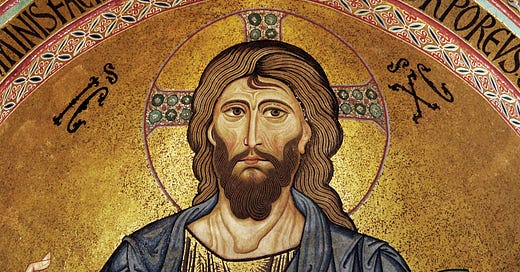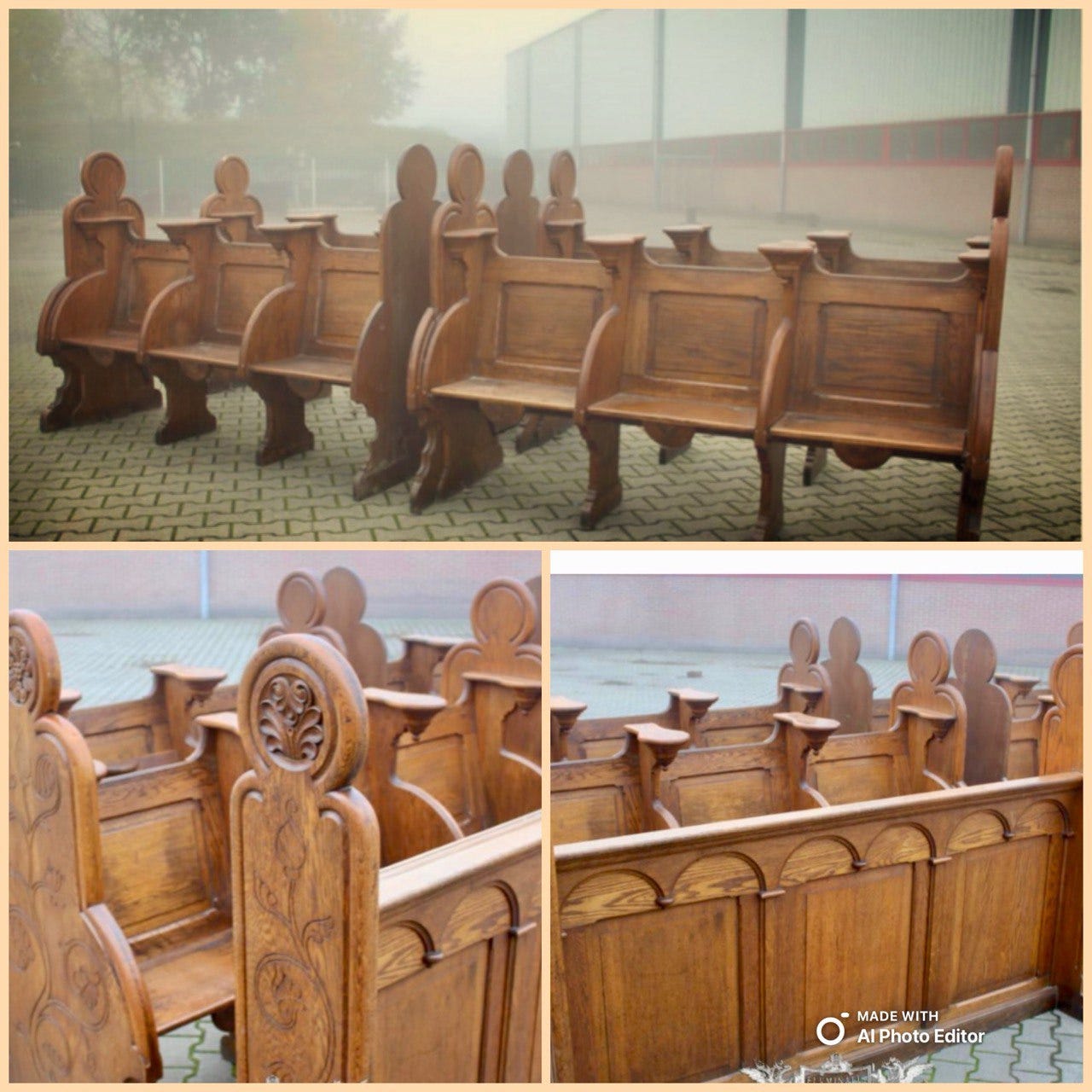"And the Word was made flesh..." Depicting the Incarnation
Christological controversies and icons
For centuries, Christians wrestled with how to reconcile the mystery of the Incarnation: that the eternal Word of God, the Second Person of the Holy Trinity, true God from true God, became flesh and dwelt among us. This profound truth, at the heart of Christian belief, shaped not only the Church’s doctrine but also its visual language. And it presented a deeply difficult question: how could artists render the infinite and invisible God in finite, visible form? How could a single image capture Christ’s dual nature - fully divine and fully human - without diminishing one or the other?
These questions were far from abstract musings; they were central to the heated Christological debates that occupied the Church for nearly four centuries. From the Arian controversy, which denied Christ’s full divinity, to the Nestorian and Monophysite disputes, which grappled with the relationship between His humanity and divinity, these theological struggles often spilled into the realm of art. The Church had to define not only what to believe about Christ but also how those beliefs should be expressed visually as well as verbally.
The decisions they came to at this critical stage of the Church’s development have shaped our visual culture for 1700 years. The Church’s response to the Christological controversies of the early centuries laid the theological groundwork for resolving the later Iconoclastic Crisis, which erupted in the Byzantine Empire in the 8th and 9th centuries and had long term ripples through history.
In today’s post for paid subscribers we begin the deep dive into the connections between Christological theology and the Church’s art. The question was crucial since the art was the place where common people would learn by seeing every time they went to Mass or interacted with the Church. Every image of Christ carries with it layers of theological significance. How could artists visualise the invisible? How could they honour both Christ’s divinity and humanity without falling into heresy?
At the Sacred Images Project we talk about Christian life, thought, history and culture through the lens of the first 1200 years of sacred art. The publication is supported by subscriptions, so apart from plugging my shop, there is no advertising or pop-ups. It’s my full time job, but it’s still not bringing a full time income, so I can’t yet provide all the things I want to and am planning for.
You can subscribe for free to get one and a half posts a week.
For $9/month you also get the second half of the third post, plus a weekly paywalled in-depth article on our great sacred patrimony. There are also occasional extras like downloadable exclusive high resolution printable images, ebooks, mini-courses, videos and eventually podcasts.
Help for the sisters
Today instead of our usual plug for my online shop (which you can browse here) we’re still working on getting the sisters the choir stalls.
We have been given an opportunity to acquire beautiful, antique monastic choir stalls and we come to ask your help us to realize this unique occasion to render our oratory more worthy of the prayer par excellence.
We’ve all enjoyed Mother Marie Billingsley’s reflections on the spiritual life from a Benedictine perspective; they’ve been among the most popular posts on the site. She and the little community of Benedictines of the Immaculate are living the full traditional monastic life, according to the Rule of St. Benedict as much as is in their power.
Mother Marie tells me that the cost for the choir stalls, $7500, includes the cost of shipping down to their place in the Alps from The Netherlands. I thought it was a bit high, but now it makes more sense. A pretty good deal then.
And so much better than perching precariously on these rickety little kneelers.
Here’s the direct link to their fundraiser page for the choir stalls.
Full instructions for US and European friends to donate to support the community generally are on their website, here. All donations from the US are tax-deductible.
Here’s the sisters’ January newsletter that includes photos from the 1st vows ceremony of our dear Sr. Scolastica.
Printable PDF version of this article
Also, today we start a new service. I’ve had requests from subscribers for a downloadable version of the articles. So, as far as possible, I’ll be including a click-able link to a PDF download of each article, available to paid subscribers.
You can print this and read it later, if you’re fed up with screens.
Become a paid member to join our discussion today of Christology and its deep connection to the Church’s ancient patrimony of sacred art:







